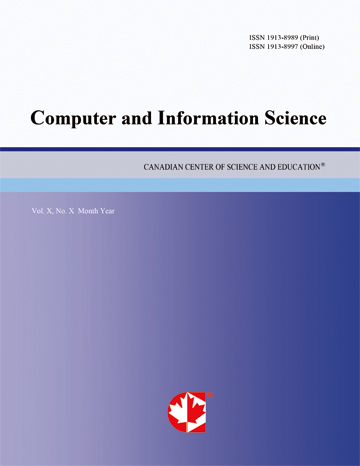On the Conduciveness of Random Network Graphs for Maximal Assortative or Maximal Dissortative Matching
- Natarajan Meghanathan
Abstract
A maximal matching of a graph is the set of edges such that the addition of an edge to this set violates the property of matching (i.e., no two edges of the matching share a vertex). We use the notion of assortative index (ranges from -1 to 1) to evaluate the extent of similarity of the end vertices constituting the edges of a matching. A maximal matching of the edges whose assortative index is as close as possible to 1 is referred to as maximal assortative matching (MAM) and a maximal matching of the edges whose assortative index is as close as possible to -1 is referred to as maximal dissortative matching (MDM). We present algorithms to determine the MAM and MDM of the edges in a network graph. Through extensive simulations, we conclude that random network graphs are more conducive for maximal dissortative matching rather than maximal assortative matching. We observe the assortative index of an MDM on random network graphs to be relatively more closer to the targeted optimal value of -1 compared to the assortative index of an MAM to the targeted optimal value of 1.
- Full Text:
 PDF
PDF
- DOI:10.5539/cis.v9n1p21
Journal Metrics
WJCI (2022): 0.636
Impact Factor 2022 (by WJCI): 0.419
h-index (January 2024): 43
i10-index (January 2024): 193
h5-index (January 2024): N/A
h5-median(January 2024): N/A
( The data was calculated based on Google Scholar Citations. Click Here to Learn More. )
Index
- BASE (Bielefeld Academic Search Engine)
- CNKI Scholar
- CrossRef
- DBLP (2008-2019)
- EuroPub Database
- Excellence in Research for Australia (ERA)
- Genamics JournalSeek
- GETIT@YALE (Yale University Library)
- Google Scholar
- Harvard Library
- Infotrieve
- Mendeley
- Open policy finder
- ResearchGate
- Scilit
- The Keepers Registry
- UCR Library
- WJCI Report
- WorldCat
Contact
- Chris LeeEditorial Assistant
- cis@ccsenet.org
